How our students, fans, alums, retirees, outdoor lovers, and trail towns are quietly powering the most resilient economy in Pennsylvania
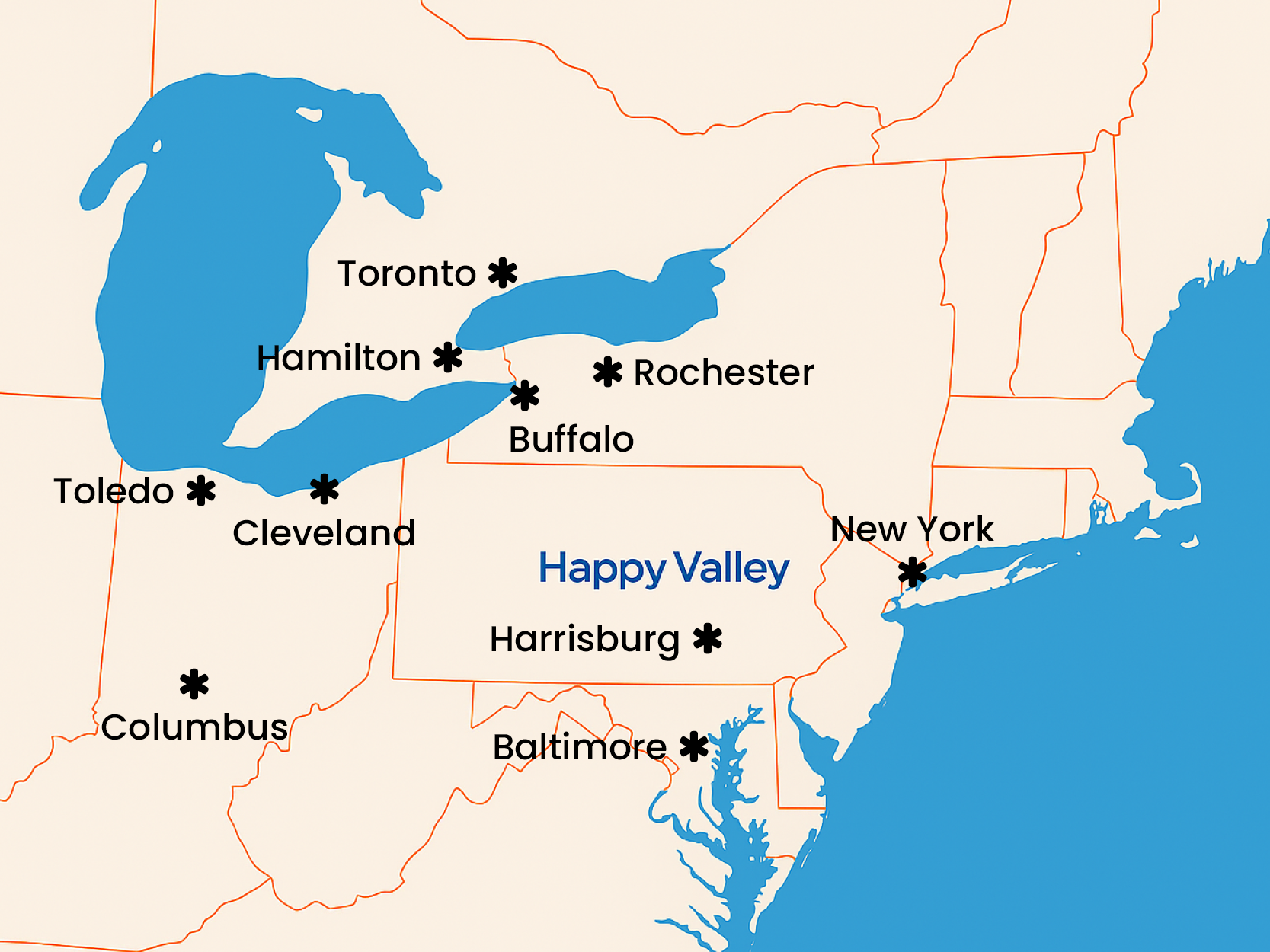
By Greg Woodman
After four years of publishing over 600 custom stories—and diving deep into the data behind jobs, population, and regional trends—a powerful pattern emerged:
Tourism isn’t just part of our economy. It is the engine.
We call it our “V8 moment”—a realization so obvious in hindsight, we should’ve seen it sooner.
Yes, like the classic juice commercial—“I could’ve had a V8!”
But also like a high-performance engine finally roaring to life.
This isn’t a blip. This is our fuel.
Tourism is quietly powering everything around us. From second homes to student visits, from outdoor adventure to tailgates and tech conferences, this is how our economy runs.
And it’s time we own it.
The Happy Valley Adventure Bureau (HVAB) has been telling this story for years. As the certified destination marketing organization (DMO) for Centre County, HVAB is a private nonprofit supported through a public-private partnership, funded by the 5% lodging tax, business memberships, and grants. They’ve built the brand, https://happyvalley.com/ welcomed millions and helped unify our regional identity. Our research confirms what they already knew: we are a visitor-powered economy at the heart of The Alleghenies.
All roads lead in and out of Happy Valley, and many stay to explore the greater region. We’re not just a destination—we’re the gateway to The Alleghenies.
More Than Just Football Weekends
Tourism here doesn’t look like a postcard—it looks like life in motion.
It’s students bringing their families for move-in weekend, parents’ weekend, and graduation.
It’s alumni returning year after year—for football, for nostalgia, for retirement.
It’s international students whose visiting relatives fill our hotels and restaurants, and out-of-state students who introduce our region to new eyes and wallets.
It’s the conference-goers, the researchers, the trail runners, the fly anglers, the concert lovers, and the donors who book an extra night after the gala.
They’re not just guests. They’re the fuel behind our restaurants, hotels, Airbnb rentals, theaters, trails, tailgates, shops, and service economy.
And they didn’t just show up recently.
They’ve been here all along.
Even Penn State’s own leadership has said it for years:
“Football is our front porch.”
It’s the entry point—the reason people come, look around, and say, “We could go to school and live here.”
But the truth is broader than that:
Our entire town is a front porch.
From the stadium to the State Theatre, from Spruce Creek to the Hub, we’ve been in the edu-tainment business all along.
Every Penn State student is part of a long-stay visitor economy—bringing with them family, fans, and futures.
They may not live here forever, but they shape what this place is and return again and again.
Some call it tourism.
We call it edu-tainment—and it’s the engine we’ve been fueling all along.
Let’s not forget:
- We host seven Super Bowls a year—home football games that bring 100,000+ fans to town—plus a playoff game depending on the season.
- We are Hockey Valley, signing top national recruits and packing the Pegula Ice Arena.
- We are Wrestling mecca, producing Olympic athletes and selling out Rec Hall and the BJC.
- We are a big-time entertainment venue—with acts at the Bryce Jordan Center and the promise of year-round programming at the new Beaver Stadium.
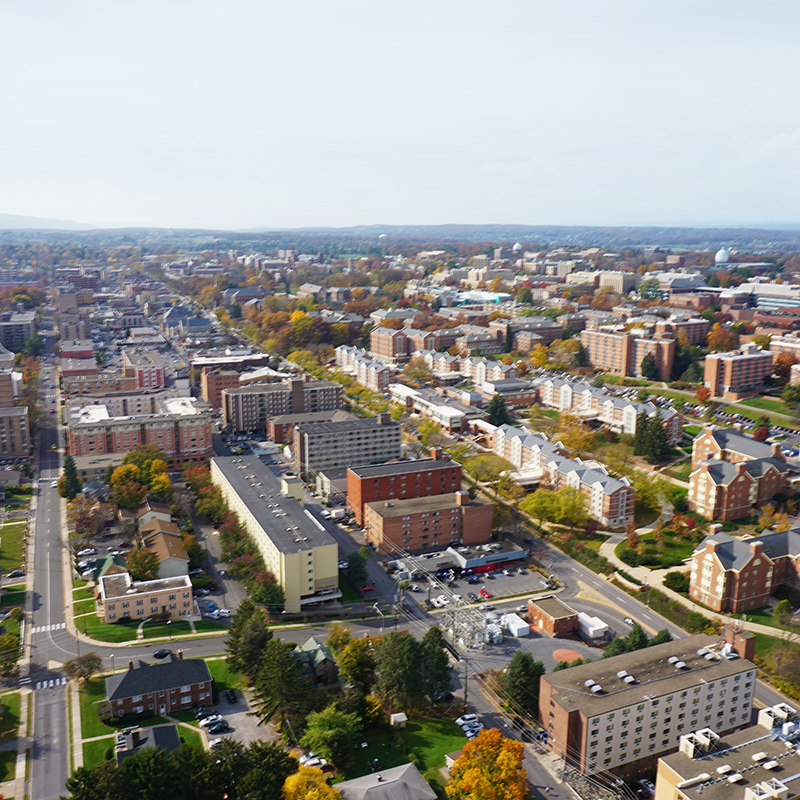
Tourism is Taxable. Penn State Isn’t.
While Penn State is our anchor institution and a global talent magnet, it is also tax-exempt. Meanwhile, visitors generate hundreds of millions in spending each year, support thousands of local jobs, and contribute significant recurring tax revenue that fuels local services and infrastructure.
A pivotal moment came on April 1, 2019, when Centre County doubled its lodging tax from 2.5% to 5%. The result? A sustainable, visitor-paid funding stream reinvested through the Happy Valley Adventure Bureau—our certified DMO—to promote the region, support festivals and events, and fuel strategic growth.
HVAB isn’t just printing brochures, they are a research-driven marketing engine.
In 2024, Happy Valley reached record levels:
- 5.1 million person-trips
- $1 billion in direct visitor spending alone (not total impact—just spending)
- $104 million in lodging revenue
- $1.1 million in new tourism grants for 2025–26
- Visitation increased 20% over pre-pandemic levels in early 2024 thanks to strategic event placement and seasonal balance.
This is what smart public-private partnership looks like.
The visitors pay. The region grows. And we all benefit.
Think Orlando and Disney—Now Think Happy Valley and Penn State
What Disney is to Orlando, Penn State is to Happy Valley.
One brings the vision, the brand, the dream.
The other builds the infrastructure, hospitality, experience, and soul.
We’re not creating theme parks.
We’re curating a life: where education meets emotion, and community meets curiosity.
This isn’t just a town. It’s a platform for connection—for fans, families, founders, and future citizens.
Education + Innovation Are Tourism Catalysts
We’re more than a playground—we’re also a classroom and launchpad.
Penn State draws researchers, engineers, and global leaders. Families don’t just visit—they get inspired. Students don’t just study, they return or stay as founders, faculty, or fans. And they bring others with them.
Tourism and learning have long been converging.
And while traditional manufacturing has slowed, our sensors, ultrasound, transducers and precision instrumentation companies are growing fast. The industrial base isn’t gone—it’s just evolving.
AI, Higher Ed, and the Power of Place
We can’t ignore what’s ahead.
AI is coming fast—and it will change everything. Knowledge work will shrink. Higher ed staffing may contract. Local newsrooms, admin offices, and academic departments will become leaner.
But AI also gives us something new: freedom, flexibility, and time.
As work becomes less tied to place… place becomes everything.
If AI manages your inbox, where do you want to live, play, and connect?
That’s the question more and more people are asking.
And more we want answering:
Happy Valley.
We’re not just a beautiful place to work remotely. We’re a great place to live deeply, breathe fully, and play often.
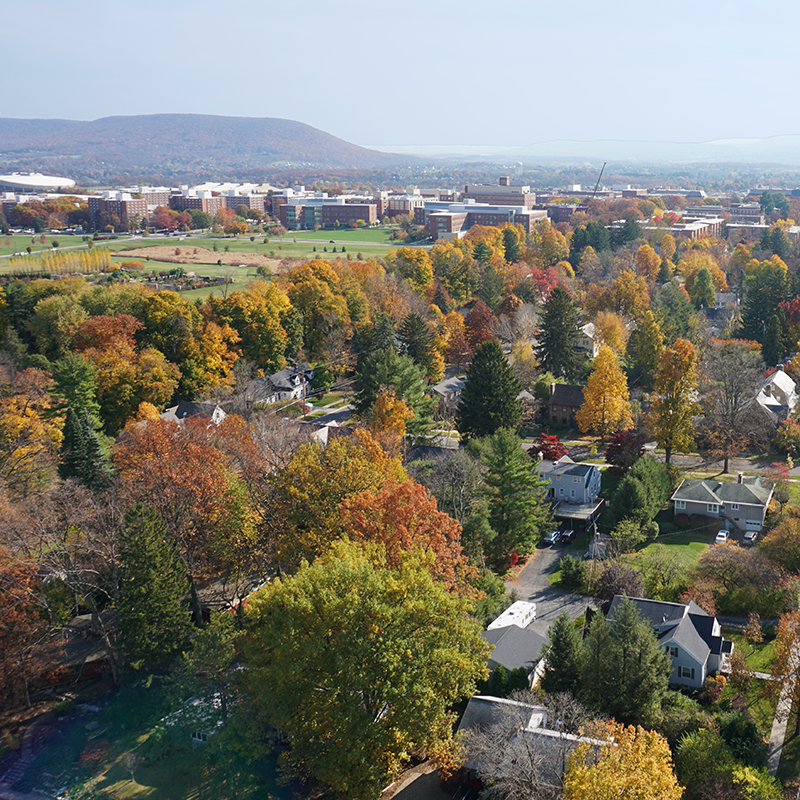
Tourists Don’t Care About County Lines—And Neither Should We
Visitors don’t ask if they’re in Centre, Clinton, Blair, or Huntingdon County. They ask, “What can we do today?”
They want trails and trout streams, downtown energy and college-town charm, great food, live music and real connection. And they find it—across county lines and up every hollow.
Nearly half of Centre County’s workers commute from outside it, which tells us something important:
Even as our population levels off, our regional economic reach is growing.
The lifestyle, events, and experiences we offer are drawing people in—daily, weekly, and seasonally.
This Isn’t a Pep Rally. It’s a Pattern.
We’re not claiming explosive growth. We’re not chasing smoke. We’re telling the truth:
People want to be here.
And that’s a powerful foundation to build from.
Tourism isn’t an afterthought. It’s the lead story. The revenue engine. The vibe.
And it’s aligned with where the world is headed.
A Salute to the Builders of This Future
To the commissioners who had the courage to raise the lodging tax.
To the tourism leaders who connect counties and campaigns.
To the business owners who welcome every guest with pride.
To the teachers, engineers, artists, musicians, and volunteers—and every host with heart.
We are more than a place. We are a platform.
A community that hosts, teaches, creates, and inspires.
We are Happy Valley.
We are The Alleghenies.
And we are built to host, teach, and grow.
After all, this may just be our or my V8 moment—
A wake-up call that’s been sitting in front of us the whole time.
Like the old commercial said, it’s “a nutritious start to your day.”
And now, finally, are you ready to drink it in? We are….
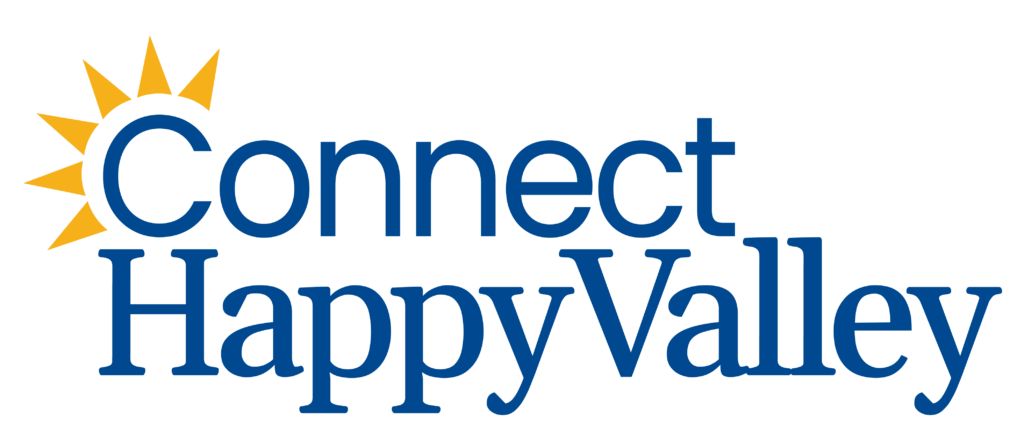
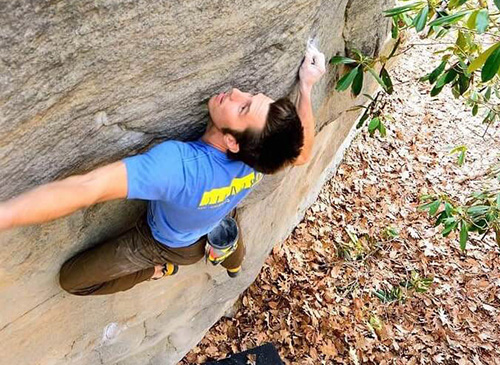
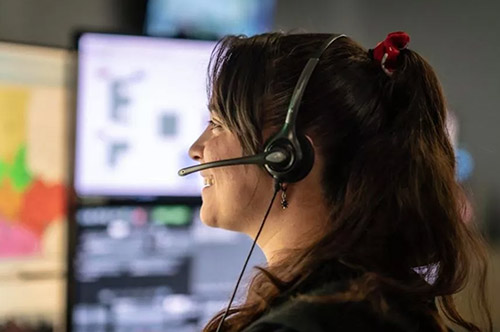

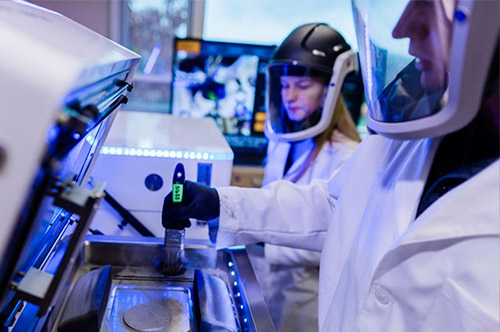
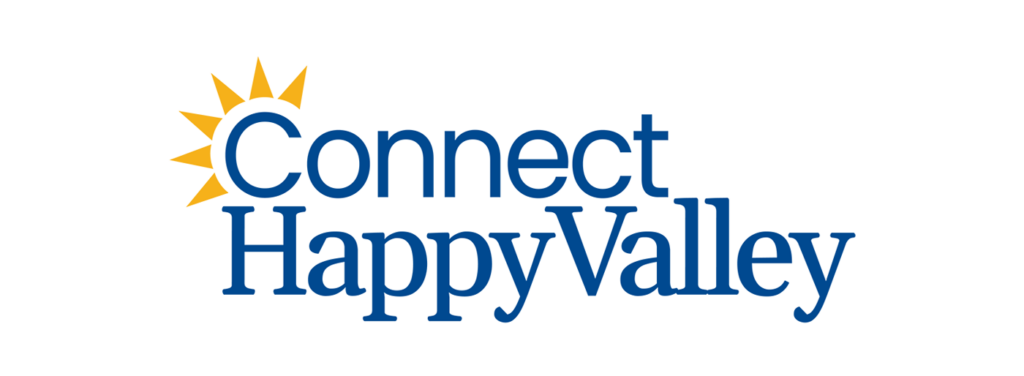

11 Responses
Thank you, Greg. I couldn’t have said it any better. It’s an industry that everyone can participate in… and benefit from.
Not a fan. The last thing we should be modeling is Orlando and Disney by focusing on tourism. Apparently we’ve given up on non-service/hospitality oriented growth.
Hi Don, thanks for weighing in—really appreciate the thoughtful challenge.
This isn’t an either/or debate. It’s not tourism versus tech, or service versus non-service. It’s about recognizing the full picture of what’s driving our economy—and building from our strengths.
Tourism is clearly a rising force. The data shows it, and thousands of local jobs depend on it. But at the same time, we absolutely have not given up on non-service, innovation-driven industries. In fact, we’re seeing quiet but powerful growth in:
Advanced manufacturing (like State of the Art, Inc., making thick-film resistors used in aerospace and defense)
Precision instrumentation (e.g. Sensor Networks, KCF Technologies)
Biotech (like your company Aprehend, spun out of Penn State and producing a game-changing bed bug treatment)
Ultrasound, transducer, and chromatography technologies
Research-fueled entrepreneurship with global reach
We’re not modeling Orlando—we’re recognizing that our version of edu-tainment already exists, anchored by Penn State and powered by football weekends, conferences, concerts, trails, and fans. It fuels small business and tax revenue, and helps keep the lights on for all sectors—including manufacturing and R&D.
The question isn’t whether we favor one sector over another. It’s how we tell a unified story that brings visibility, resources, and talent to all of them. And that includes amplifying the wins of companies like State of the Art and Aprehend—homegrown and world-class.
Appreciate you engaging, Don. These are the conversations that help us connect the dots and build a more resilient, integrated economy.
Can’t agree more. So much untapped potential!
Downtown State College needs an art gallery. The Art Alliance used to have one in the old CDT building, but COVID killed it.
Fascinating stats and great conversation. Greg, as you see this playing out, let’s fast forward 10 years. What does “downtown” look like? Is it a hub for local activity supported by / desired by the town or is the downtown tilting towards the tourists that pass through? And if it is the later, where will townspeople go for place/connection? Is this already happening? The benefits of bringing dollars in are clear but the question I have is long term outcomes.
Todd, you nailed the central tension.
Your question isn’t just about downtown—it’s about identity, sustainability, and who we’re building for. And the answer depends on what we protect, nurture, and elevate now.
So, what does downtown look like in 10 years?
It could go one of two ways:
If we let inertia lead, we drift toward a transactional tourist corridor, Airbnb’s and merch, college nostalgia and fast food—the boardwalk. Convenience wins, but culture thins.
But if we build with intention, we can become something rare: a hybrid town.
One where visitors feel welcome, but locals feel rooted. Focus on “community” and connection is the key.
And we’re already seeing sparks:
• Pine Grove Hall in Pine Grove Mills—curated live music four nights a week. A cultural anchor.
• Elk Creek Café in Millheim—equal parts vibe, food, and community.
• Zeno’s still being Zeno’s
• Excited for the New NYC Deli arriving soon
• Allen Street Grill is still thriving.
• 3 Dots and Manny’s mixing generations and genres weekly.
• Even Doggies Pub, giving a nod to the “Skeller” spirit I feel has become a great asset.
• And many more locally owned treasures or adding to the downtown.
I work downtown, and I am delighted Target is here and I am always going into Augustinelli’s.
And the fringe? Bellefonte, Boalsburg, Lemont, Millheim—they’re not just towns, they’re creative nodes. Many great places.
But it’s fragile.
The economics are tight. The people behind it are running on purpose, not profits. All o welcome the parents and graduation weekends and rising visitor crowd to help meet payrolls and save for slower periods.
We can look at places like Ann Arbor, where they’ve kept culture central through:
• Public-private investment in music, food, and festivals
• Zoning that protects artists and entrepreneurs
• Downtown strategy rooted in people—not just foot traffic
• A shared story that values locals as much as tourists
Visitors don’t want a sterile downtown. They want our creators and artists, our heart, our locals. They come back for the feeling, not just the football. So, do we encourage the My oh My and The Scorpions to reemerge? Crazy Carl’s? All for it…3 Dots is trying hard to incubate such art and they did spawn Manny’s. More of that, could be the answer. Yet we have to support them as they are a nonprofit like so many of who are all heart are living on the edge.
So, we need:
• Building owners who see themselves as place makers, not just landlords
• Intentional cultural zones
• And leadership that understands tourism and local life aren’t rivals—they’re co-conspirators.
If we don’t choose the direction, the market will choose for us. And it won’t always choose soul.
Thanks for asking the right question.
Now… who runs this town?
And who’s ready to build something better—together?
That’s why I started Connect Happy Valley. To amplify the doers ( go Lee Anne and Kendra you got this), start the conversations, and create a space where people who love Happy like you and I can ask—with heart—what are we building, and how can we help? We all have heard of Truth Social. Is “that” the influence of social media? What about HappyValley Social…that is my working mantra for Connect HappyValley—dialog over broadcast! Can it help be a catalyst for growth—well, I am certainly trying…and thanks for your question as without dialog this new medium dies.
Week after week, the ChatGPT word salad continues to be tossed on this site.
Do residents of State College/Centre County want Tourism to be the “lead story” or the “vibe”? We can’t effectively fill empty retail spaces in Downtown State College and high-rise buildings loom over what was once “college town charm”. And the real meaning behind this sentence: “Nearly half of Centre County’s workers commute from outside it, which tells us something important..” is that those workers can no longer afford to live here.
Yes, Happy Valley is an attractive place to be. But continuing to post AI-generated content which doesn’t address the realities of living in this region is not conducive to positive discussions or community-building.
A valuable point about local folks who struggle to afford living in this great community, yet commute to work here to support our services industry economy. What measures can we take/ will we take to ensure they can comfortably live here, too? This is an incredibly thriving area that should be available to our essential, and very appreciated, wage workers. Let’s protect them, too. Thank you.
Hi Madelyn,
Thanks so much for taking the time to comment. If we ever meet in person, you’ll probably find that I speak in word salads too—very circular, very curious, and usually stuck in ideation mode. I’m a marketing guy, more comfortable asking questions than writing headlines. AI helps me shape those thoughts, but I’ll be the first to say: I’m not a trained journalist like the great folks at CDT, StateCollege.com, or Spotlight PA (spotlightpa.org/statecollege).
You raised an important point: the realities of living here are complex, especially when it comes to cost of living, housing, and how we support those who make this place go. And you’re absolutely right to highlight the concern that many workers commute into Centre County because they can’t afford to live here. That’s a real issue—and deserves more investigation.
My question is: who’s actually in a position to do something about it? Who can help us create a more livable, inclusive, and balanced future?
That’s what this platform is trying to explore. I’m less interested in broadcasting answers and more interested in surfacing better questions. For years, we published over 600 in-depth stories on local companies, entrepreneurs, and innovations—journalistically sound and thoughtfully crafted. But they didn’t spark conversation.
So now, I’m trying something new. A shift from storytelling to story-sharing. From broadcast to dialogue. I make no apologies for loving this region and wanting the best for it—that’s the heartbeat behind all of this. But love doesn’t mean ignoring the hard stuff. It means opening up space for people like you to speak into it. Loudly, kindly, honestly.
And today was a breakthrough. You commented. Others did too. That’s how something new starts.
If you ever want to contribute your own story or perspective—on housing, affordability, quality of life, or anything else—I’d be honored to run it. We’ve got a growing list of readers who open and engage with this content each week (opt-out anytime, of course). I’ll gladly distribute what matters to the community.
This is an experiment, it has been a pure innovation laboratory—one built on the hope that if we invite enough people to the table, something real might begin. And we haven’t even invited the students or alums yet 🙂
Thanks again for caring. Let’s keep the conversation going.
Greg
For the 20 years after I left East Halls it was tourism that brought me back to Happy Valley (sports, Arts Fest etc). During those 20 years I lived around the country but when I had the opportunity to move back with my family I took it. I never thought that tourism brought me back but in a sense it did. I know 2 of the writers in the list of comments and I know 2 of us came back, I don’t think the other ever left the ‘Skeller!!
Yep this town is not the same as it was when PSU won it’s first football national championship but I think its soul is. Who knows where AI and tech will take us. I was still using computer cards and waiting for it to print when I was here. Lots of technology change since then. Now we have an entire new college (IST) as a result. It will be exciting to see what’s next when our children (former State High teammates) are ready to return!!